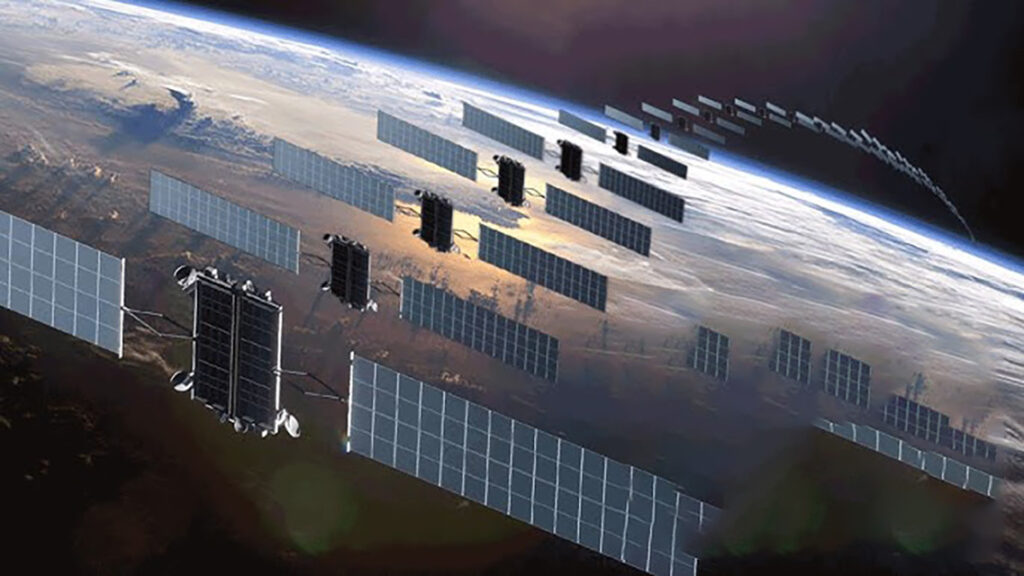ICEYE intros 1st-in-market satellite radar dwell capability – SatNews

ICEYE has introduced a new imaging mode known as Dwell — with Dwell, ICEYE synthetic aperture radar (SAR) satellites remain focused on a specific point on the ground for an extended collection time.

This unique, long-duration, imaging mode allows ICEYE satellites to capture significantly more information about the imaging target, creating a powerful new capability for imagery users. For example, Dwell can be used to determine the heading and speed of moving vehicles, and under some circumstances, Dwell can even enable the discovery of human-made objects that would otherwise remain hidden under tree canopy. The Dwell product is unique in commercial remote sensing and will transform how customers with demanding mission requirements exploit SAR imagery.
The Dwell image product is created from a 25 second collection of the imaging target, in contrast to the 10 second duration of a traditional, high-resolution, ICEYE Spot image. This longer-duration collection provides new information about activity on the ground while also improving the image fidelity over a traditional SAR image. The result is a powerful, new, imaging capability that will expand the use of SAR for critical applications. Importantly, when combined with ICEYE’s day/night all-weather imaging capability and tactical responsiveness, Dwell provides an imagery capability that is superior to electro-optical collections.
The Dwell product is a bundle with three components:
- High-fidelity SAR image. A common feature in high-resolution SAR images is speckle, which is the result of the specific SAR collection geometry and gives SAR imagery a noise-like appearance. The extended collection time for a Dwell image enables a significantly larger synthetic aperture angle and produces pixels with an along-track resolution of 5 cm. Standard processing combines pixels together, a process called ‘multi-looking’, which significantly reduces the speckle artifacts. The result is a high-fidelity image with superior interpretability.
- Color subaperture image. A Dwell collection is particularly efficient at distinguishing human-made features, such as vehicles and buildings, from natural backgrounds such as tree canopy and vegetation. The color subaperture image preferentially distinguishes human-made features, allowing analysts to quickly find objects and features of interest among natural backgrounds.
- Video. The video is built from the multiple sub-images that comprise a Dwell collection. The video product enables determination of vehicle heading and speed during the 25-second collection, and provides additional context about activities and patterns of behavior.
Dwell expands the powerful portfolio of high-tempo, day/night, all-weather imaging capabilities enabled by the ICEYE constellation. Today ICEYE offers a wide-area collection mode called Scan for large area search; an intermediate, higher-resolution mode called Strip for higher-resolution mapping and search, and highest-resolution Spot and Spot Extended Area for high-confidence monitoring and mapping applications. With the introduction of Dwell, users can now unlock new insights about their areas of interest, doing so with capabilities unique to the commercial SAR market.
“Dwell mode is ideal for customers who need to extract more
information from our radar imagery, including movement and direction. In
the long term, the research community, scientists, the SAR community,
and most importantly, our customers with demanding missions will benefit
from this latest ICEYE innovation. This product is another element in
using remote sensing to better understand and characterize what is
happening and changing on the ground in all lighting and weather
conditions.”
— John Cartwright, Head of Data Product at ICEYE


No comments:
Post a Comment